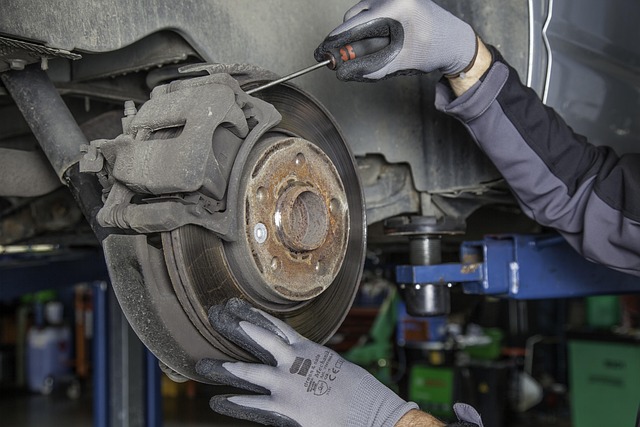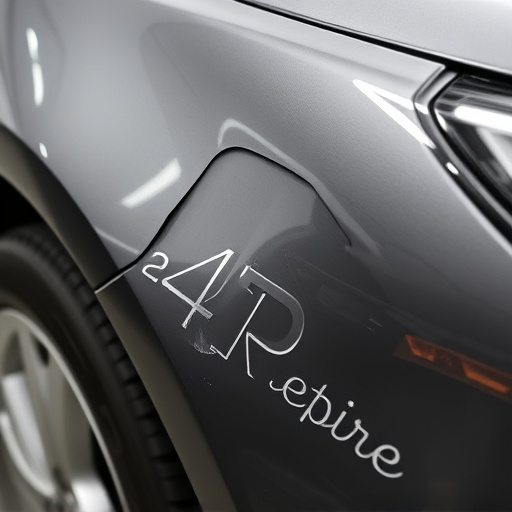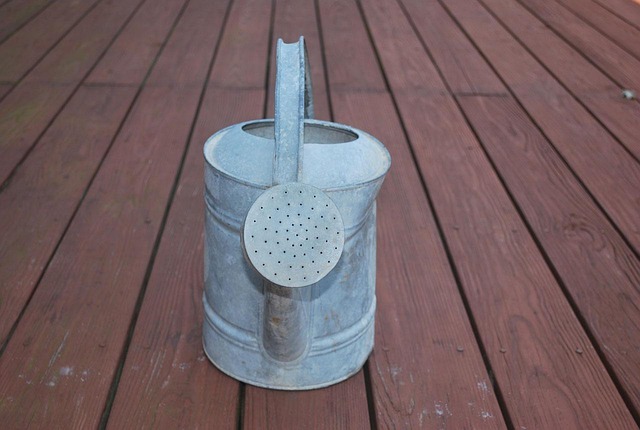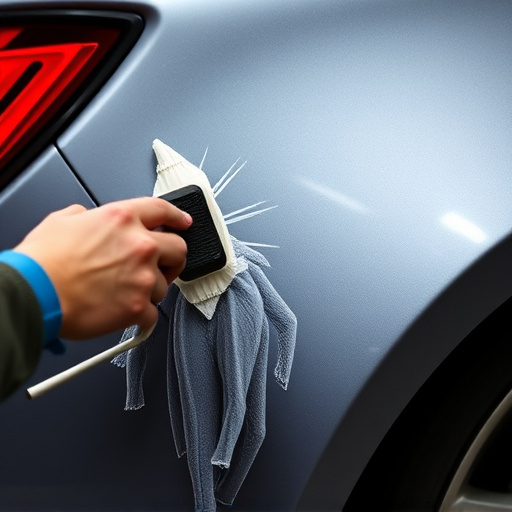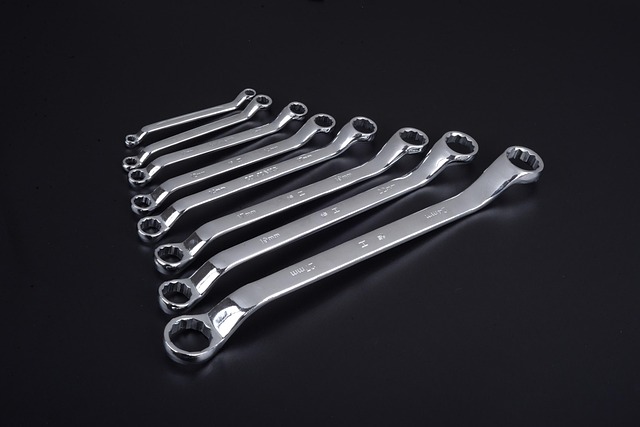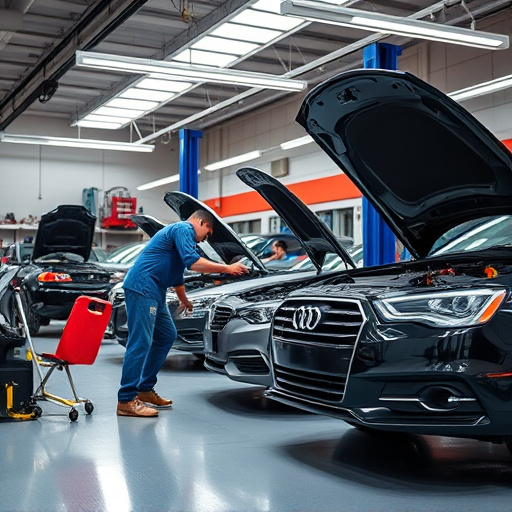Structural repair warranty claims are crucial for building safety and longevity, covering defects in materials and workmanship. Insurance companies play a central role by managing the process, collaborating with warranty services, assessing damage, selecting contractors, ensuring standards compliance, and guiding clients. This partnership streamlines repairs, including dent removal, prioritizing efficiency, quality workmanship, and customer satisfaction backed by warranties.
In the realm of property maintenance, structural repair warranty claims play a pivotal role in ensuring homes remain safe and secure. Understanding these claims is essential for homeowners and professionals alike. This article delves into the intricate coordination between insurance and structural repair warranties, exploring how insurers facilitate seamless processes. We examine the critical role of insurance in managing these claims efficiently, ensuring peace of mind for policyholders. By understanding this dynamic, folks can navigate the complexities of repairs with greater ease.
- Understanding Structural Repair Warranty Claims
- The Role of Insurance in Warranty Coordination
- Efficient Process: Insurance and Structural Repairs
Understanding Structural Repair Warranty Claims

Structural repair warranty claims are a critical aspect of ensuring the longevity and safety of buildings and structures. These warranties cover defects in materials and workmanship related to structural repairs, such as those performed after accidents or natural disasters. When a structure sustains damage, whether from a collision repair center fixing car damage repair or an automotive body shop addressing various forms of automotive body damage, the warranty becomes an essential tool for both property owners and service providers.
Understanding these claims processes is vital for effective coordination between insurance companies and structural repair professionals. It involves assessing the scope of work required, verifying the validity of the warranty, and ensuring that repairs meet the necessary standards. Proper communication and collaboration during this phase can streamline the entire process, benefiting all parties involved—from property owners securing their homes to collision repair centers providing quality services with peace of mind.
The Role of Insurance in Warranty Coordination
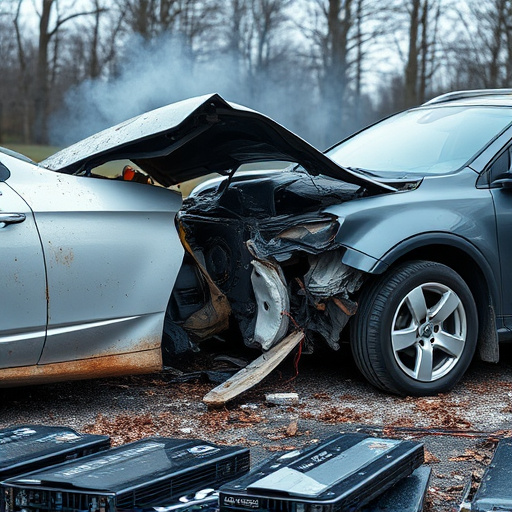
In the realm of structural repair warranty claims, insurance plays a pivotal role in coordinating and facilitating smooth transitions. When a structural issue arises in a property, whether it’s a home or a commercial building, the first step is to assess the damage. Insurance companies offer expertise in evaluating the extent of the problem, often working alongside professional structural engineers. This initial phase is crucial for determining liability and setting the framework for the repair process.
Once the assessment is complete, insurance providers collaborate with warranty services to ensure seamless coverage. The coordination between insurance and structural repair warranties ensures that policyholders receive the necessary support when repairing or replacing damaged structural components. This collaboration extends beyond just financial coverage; it involves guiding homeowners or business owners through the entire claim process, including selecting qualified contractors specializing in structural repairs, such as those found in a vehicle body shop for automotive repair, ensuring the work meets warranty standards, and confirming timely completion of the project.
Efficient Process: Insurance and Structural Repairs
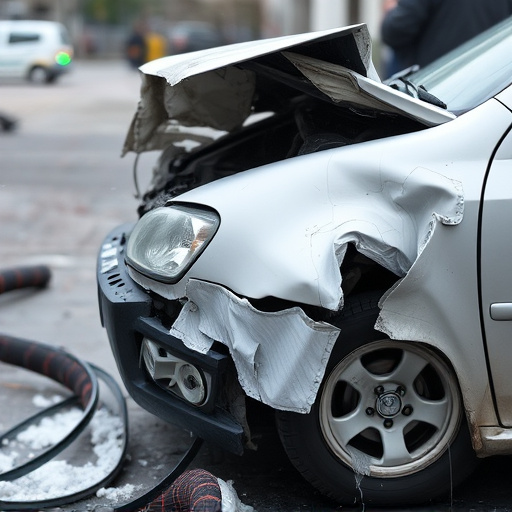
In the realm of structural repairs, insurance plays a pivotal role in ensuring efficient and effective coordination. When it comes to claims involving structural damage, insurance companies have established processes that streamline the repair process. This seamless integration is particularly beneficial for homeowners or businesses dealing with significant structural issues, as it simplifies the journey towards restoration.
The collaboration between insurance and structural repair professionals fosters a swift response. Upon receiving a claim, insurers promptly assess the damage, often involving specialized experts to verify the extent of the structural harm. This efficient process not only facilitates quicker approvals but also ensures that repairs are carried out by qualified technicians. Whether it’s addressing issues in a residential building or facilitating vehicle restoration after an accident, the insurance-led approach prioritizes both customer satisfaction and the quality of repairs, including dent removal and automotive repair services.
Insurers play a pivotal role in coordinating structural repair warranty claims, ensuring a streamlined process for policyholders. By understanding their responsibilities and collaborating closely with repair professionals, insurance providers can efficiently manage these claims, providing peace of mind to policyholders. This harmonious coordination between insurance and structural repairs is essential for effective claim resolution, ultimately safeguarding the interests of all parties involved in structural repair warranties.

